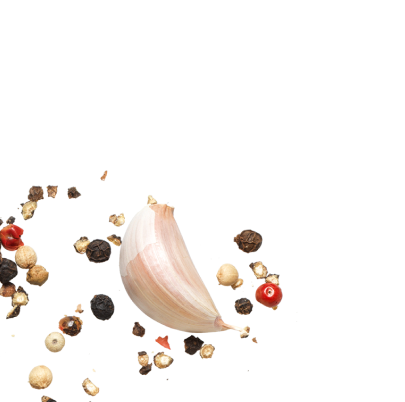Much like art, cooking is widely open to interpretation from taste to texture and everything in between. But let’s get real, some things shouldn’t vary so much from one purveyor to the next. As passionate carnivores, we firmly believe that while variety is a good thing, standards aren’t something we’re willing to debate; especially not when it comes to our beef.
As any chef worth their salt will tell you, doneness is best determined in the kitchen via thermometer. But, when you’re not the chef, and it ain’t your kitchen, things can get a little dicey. There is the touch test to help you determine doneness, but it’s not usually the best method when you’re out for a night of fine dining, or any type of dining outside of your own kitchen for that matter. So, we’re here to help you remember what medium, well-done and medium-well are supposed to look like with this handy visual guide. Feel free to refer back next time your waiter drops off a suspect slab of your favorite cut of beef.
The post This Is What Rare to Well Done Looks Like appeared first on Country Archer Jerky Co..




